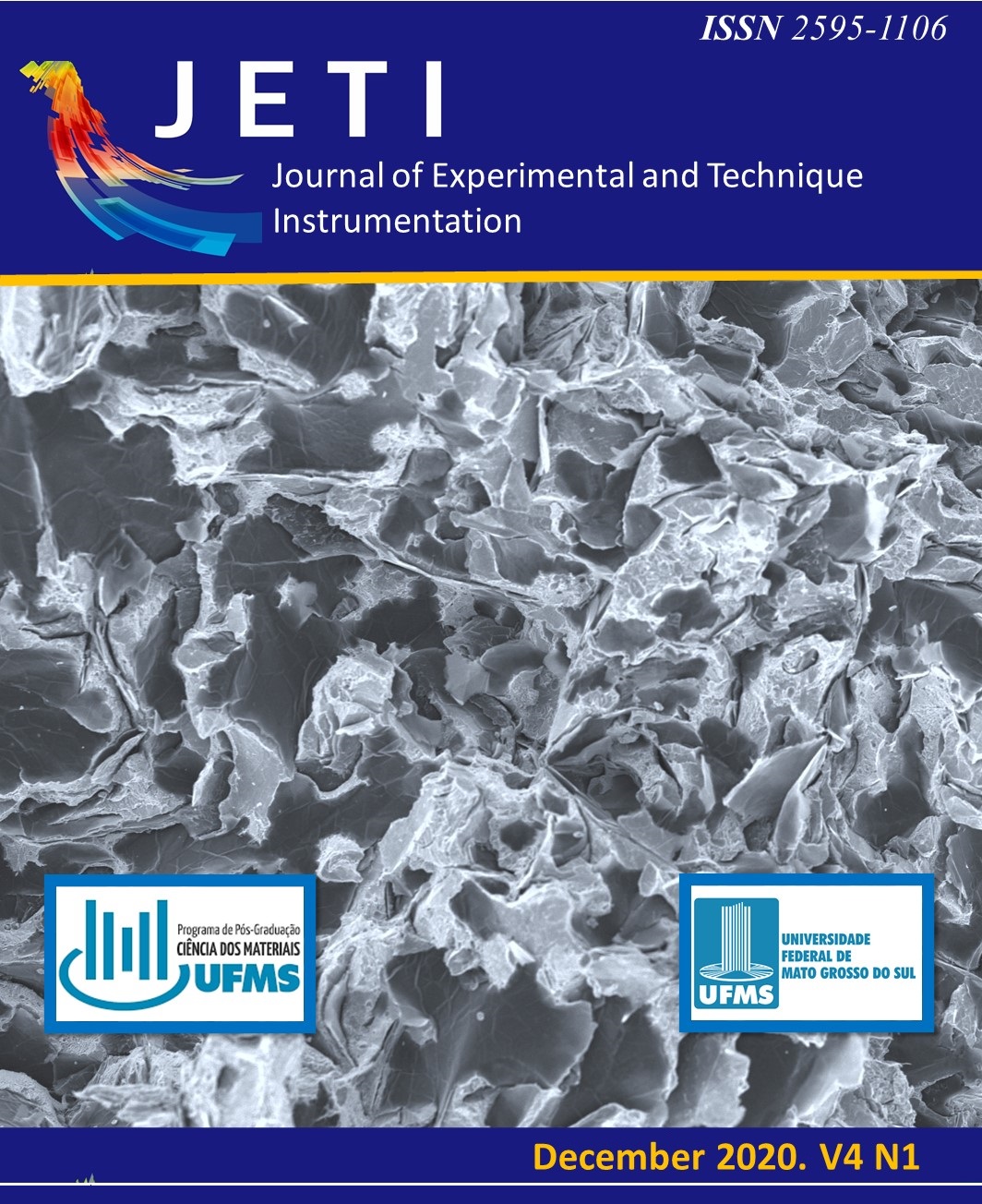Análise das superfícies de saída e de folga de ferramentas de corte empregadas no torneamento de ferro fundido cinzento perlítico com diferentes adições de nióbio
Análise das superfícies de saída e de folga de ferramentas de corte empregadas no torneamento de ferro fundido cinzento perlítico com diferentes adições de nióbio
Abstract
Cast iron corresponds to the second most used metallic material worldwide. However, its production has shown reductions, mainly due to the development of lighter materials. In this sense, metallurgical efforts have been made to add elements to obtain different solid solutions that would lead to the improvement and guarantee of the diversity of this alloy. However, modifications of any kind to the properties of a material have an impact on its machinability. Thus, this work aimed to evaluate the influence of the addition of niobium (0.21-0.24% by weight) in a pearlitic gray cast iron alloy (equivalent to the EN-GJL-250 class) on the wear of the tools of cemented carbide (class K20) during the turning. The wear on the rake and clearance surfaces was qualitatively evaluated via scanning electron microscopy (SEM) and X-ray dispersive energy spectroscopy (EDS). Together, the chemical composition variation occurred with the chip breaker geometry: tools with chip breaker (GH) or without chip breaker (Flat Top). All these variations were indifferent in relation to the wear of the tools and their mechanisms. Regardless of the chemical composition, material of the machined part was found adhered to both the rake surface and the clearance of all cutting tools. In addition, grooves were found in the flank, suggesting the abrasion mechanism.
The Articles do not require transfer of copyright as the copyright remains with the author. In confirming the publication of your article with open access you agree to the Creative Commons Attribution License.




